What is Nuclear Pollution?
By Harry Cooper – Nuclear pollution is any kind of radioactive material present in the environment. This radiation gets into the environment primarily from the production of nuclear power.
The Pros and Cons of Nuclear Power
Clean Nuclear Energy
In today’s world, humanity is desperately trying to shift to sources of energy other than fossil fuels, that won’t emit high amounts of carbon. Nuclear power comes with almost no carbon emissions.
As well as providing clean fuel, it also provides consistent fuel. Unlike other renewable energies, nuclear power does not rely on wind, water or sun to create energy. It is not a finite resource such as natural gas. Nuclear power can produce renewable power whenever we need it.
Radioactive Nuclear Waste
While nuclear power provides a lot of benefits, there are also a lot of downsides. While nuclear power does not release carbon emissions, it does produce radioactive waste, which needs to be disposed of properly or else it can cause nuclear pollution that can be harmful to the environment and human health.
Along with causing nuclear pollution through radioactive waste, nuclear power poses an inherent risk of a nuclear reactor meltdown. These disasters cause large amounts of radioactivity to be released into the world, causing wide-spread damage.
The History of Nuclear Pollution
The first nuclear reactor wasn’t built until 1942, and since then humanity has been trying to figure out how to properly run its nuclear industry. In fact there were no laws stopping countries from dumping their nuclear waste and spent fuel into the environment until 1972.
But what we have struggled with even more than regulating nuclear waste dumping is how to run nuclear plants safely. This is important because nuclear power’s very existence risks a potential nuclear disaster that could devastate human health and the environment.
The Causes of Nuclear Pollution
Nuclear pollution almost always occurs during nuclear power production. Nuclear power plants normally try to limit the amount of radioactive contamination that comes from their power plants, but there are still points in the production of nuclear energy where radioactive materials and nuclear waste can get into the environment.
Nuclear Waste Disposal
One such point is during the disposal of nuclear waste. When fuel becomes no longer usable, nuclear power plants must dispose of the spent nuclear fuel. The spent fuel can have a half life of up to four billion years, meaning that it will remain radioactive for four billion years. Wow!
During the early years of nuclear energy, many people would dump nuclear waste in the ocean, which caused a great deal of nuclear pollution. However, today people are processing their spent fuel into more storable materials, in order to prevent them from leaking radioactive materials into the environment.
Nuclear Powerplant Meltdowns
One of the most catastrophic scenarios of nuclear pollution is nuclear meltdowns at nuclear power plants. There have only been a handful of these incidents at nuclear power plants throughout history, but the effects have been catastrophic. These incidents occur when the high levels of radioactivity get exposed to the outside world, effectively shutting down the plant and causing widespread, long term effects on the environment and human health.
Nuclear Power Plant Disasters
Chernobyl 1986
There have been several nuclear power plant disasters, but by far the most infamous and most devastating to public health is that of Chernobyl that happened 35 years ago. The disaster occurred in 1986 in modern day Ukraine when the power plant disabled the nuclear reactor’s power control system, but continued to run the nuclear reactor with low power. This caused a chain reaction that destroyed the reactor and caused eastern Europe to be contaminated with radioactive hazardous, nuclear materials and air pollution affecting both tens of thousands of people and the environment.
It is estimated that the nuclear reactor at Chernobyl exposed 1,600 square miles to harmful radioactivity. Due to various cover up attempts, the total number of people who died because of radiation doses from Chernobyl remains debated. While the official death toll is 31, the Union of Concerned Scientists believe it could be as high as 12,000-57,000 deaths resulting from exposure to radioactivity from the Chernobyl reactor.
Fukushima 2011
The Fukushima incident is considered to be the second worst nuclear power plant disaster after Chernobyl. The incident occurred in 2011 in northern Japan when an earthquake created a tsunami that hit the plant and caused a power outage.
Because of the power outage the cooling systems started to fail. The excess heat in the nuclear reactors caused them to melt down. Despite efforts to cool down the nuclear reactors, there was an inevitable meltdown which caused contamination in the environment.
Unlike after Chernobyl, Japan didn’t attempt a cover up of the disaster but instead immediately started evacuating people from the part of northern Japan surrounding Fukushima, as to avoid a public health contamination. Because of this, no one got exposed to a high level of radioactivity, only a small radiation dose that didn’t have a detrimental impact on human health.
However the radiation levels in the ocean surrounding the reactors rose significantly and continue to rise today. Researchers are still trying to determine how this radiation exposure will affect marine ecosystems and the deep geological ocean environment in the long run.
Learning from Nuclear Disasters
The World Nuclear Organization is comprised of various companies and stakeholders in the nuclear power industry and has the goal of promoting nuclear energy. The WNO claims that the meltdown of the nuclear reactors at Chernobyl “was a direct consequence of Cold War isolation and the resulting lack of any safety culture”, rather than the inherent risks of nuclear power itself.
However, when we look at Fukushima, we see that there was no human error that caused the reactor to breakdown and spill a high level of radioactive elements, hazardous material and contamination into northern Japan. The Fukushima reactor breakdown was due to a naturally occurring tsunami.
This shows that the risk of highly radioactive contamination from a reactor breakdown is not only caused by human error, and therefore can not be solved by proper nuclear reactor management. So, the use of nuclear power inherently poses the risk of a reactor breakdown and a high level of contamination.
The risk of a nuclear meltdown is present at every nuclear power plant in the world.
The Jewish Community and Chernobyl Pollution
When the nuclear reactor in Chernobyl exploded in 1986, the immediate area was evacuated. However, nuclear pollution also affected the surrounding cities and villages, leading to a surge in reports of cancer cases by 1990. The Lubavitcher Rebbe, Rabbi Menachem M. Schneerson, sprang into action to save as many children as he could in a project that came to be called “Chabad’s Children of Chernobyl.”
Dovid Margolin describes on Chabad.org how the Rebbe’s quick action helped save 3,000 children:
In effect, the Rebbe’s reply was: “Children are becoming sick. We don’t have time to collect research and see what the long-term effects of exposure would be,” recalls Abi Raichik, who played a key part in establishing the project’s American office. “He said: You must do everything to rescue them.”
“Later, they started calling the resulting illnesses ‘Chernobyl AIDS,’ ” says Raichik. “The Rebbe responded to it before the problems had a name.”
As the Rebbe demonstrated, we can’t simply wait for governments or corporations to save us from nuclear pollution or other disasters. Religious leaders can bring moral clarity and mobilize their communities to step in before others even realize there’s a problem.
* Featured image source

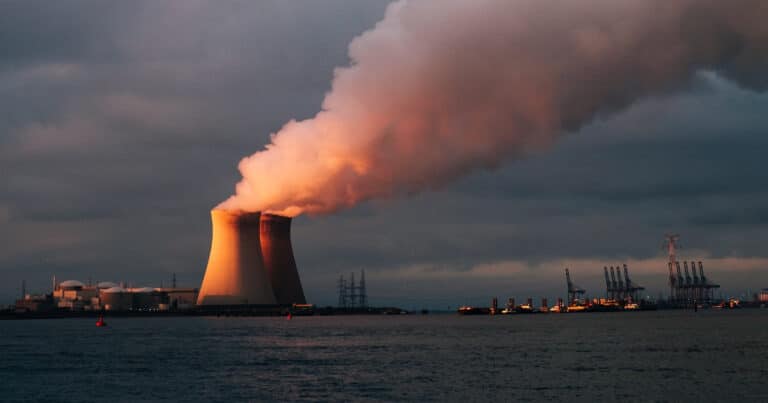
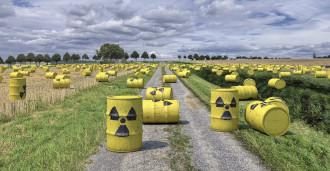
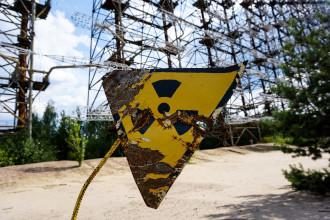
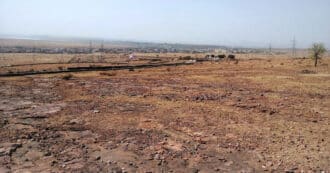
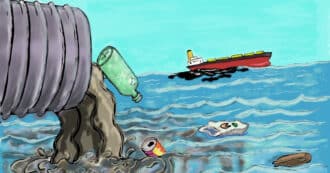

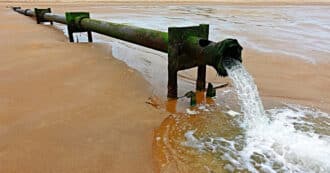
Nuclear power is neither clean nor safe. Without government subsidies, nuclear power would be much more expensive than wind and solar power. There are higher rates of various cancers among persons living near nuclear power plants. Uranium mining — frequent in Native American Communities — results in significant health issues. Nuclear power should be phased out as quickly as is feasible.